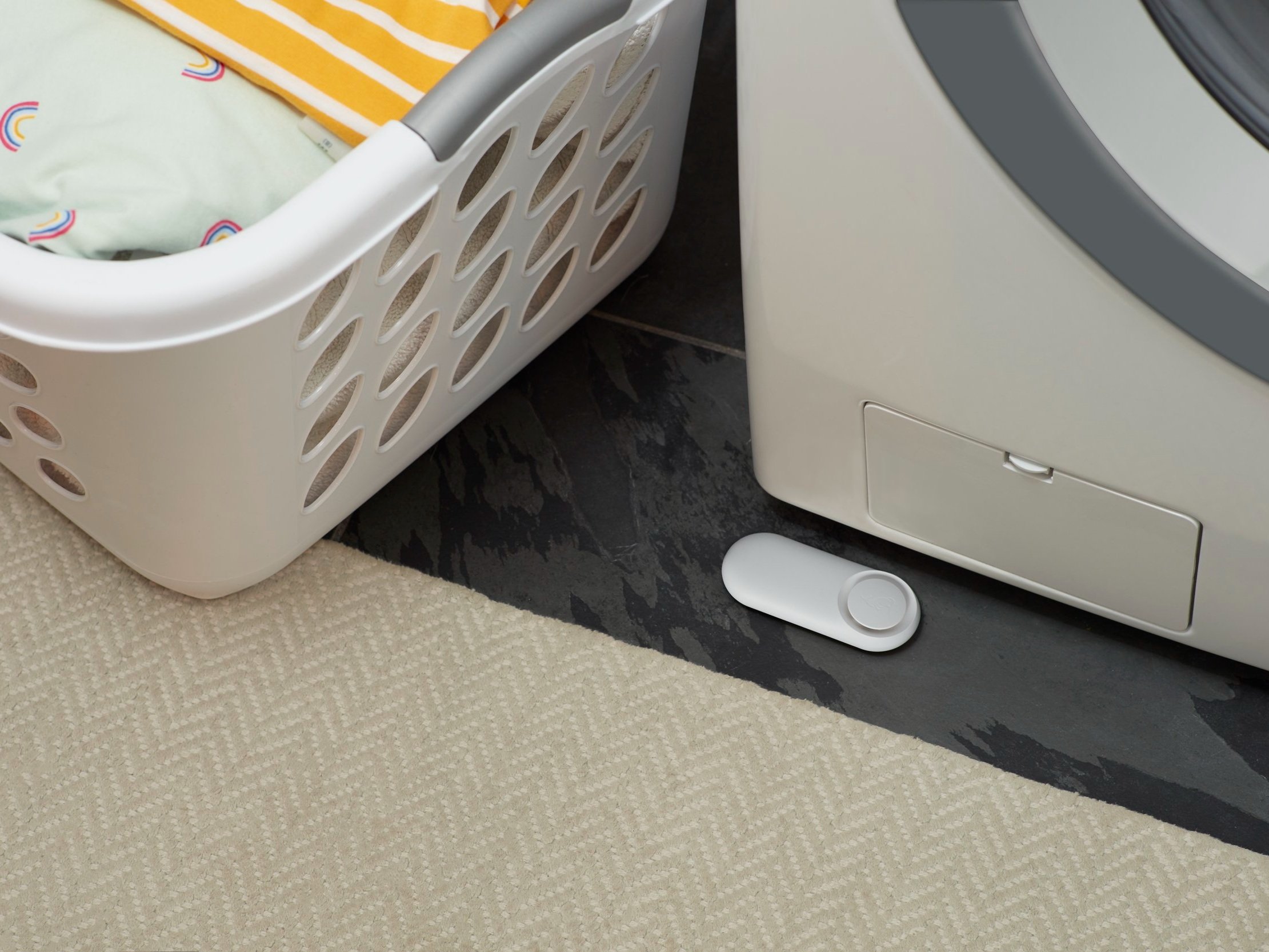Reducing Moisture: How to Lower Humidity at Your Place
High humidity making your place feel stuffy and uncomfortable? You've come to the right place. This guide provides immediate and practical steps you can take today to reduce moisture and lower humidity in your home, creating a healthier and more comfortable living environment.
Immediate Steps to Reduce Humidity
Here are some things you can do right now to start lowering humidity:
Ventilate
Open windows and doors to allow fresh air to circulate. Even a short period of cross-ventilation can make a difference. Focus on areas with high humidity, like bathrooms and kitchens.
Use Exhaust Fans
Turn on exhaust fans in bathrooms during and after showers, and in the kitchen while cooking. These fans vent moisture directly outside.
Control Shower Steam
Take shorter, cooler showers to minimize the amount of moisture released into the air. Ensure your bathroom has adequate ventilation.
Dry Clothes Wisely
Avoid drying clothes indoors, as this adds a significant amount of moisture to the air. Use a dryer that vents outside, or hang clothes outside to dry when possible.
Address Leaks
Even small leaks contribute to humidity. Immediately fix any leaky faucets, pipes, or appliances.
Smart Technology for Long-Term Humidity Control: The Water + Climate Sensor
For ongoing protection against moisture problems, especially those caused by leaks, a smart water leak detector like the Kangaroo Water + Climate Sensor is essential. This device provides immediate alerts to your phone, allowing you to address leaks quickly before they lead to significant water damage and increased humidity.
Honest opinions from real users
“Great product, it does the job” - Sama
“Great piece of mind. Simple to set up and works well detected water and humidity” - Walmart Buyer
“Best purchase from Kangaroo yet! I put one in my basement and would have never known that my sewer was backing up without it alerting me.” - Samantha
“This is a must have! I keep it in my basement and I have a second one I purchased for a rental property. It's nice to have this extra level of protection.” - Shalia
Where to Place Your Water + Climate Sensor for Maximum Protection:
Near Windows: Catch leaks from rain or accidental open windows before they damage your floors and belongings.
In Bathrooms: Bathrooms are prime locations for leaks. Place sensors near the toilet, under the sink, and by the shower or bathtub.
In Kitchens: Protect your kitchen from leaks under the sink, near the dishwasher, and behind the refrigerator.
Under Washing Machines: Prevent major floods by placing a sensor under your washing machine.
Other Leak-Prone Areas: Consider placing sensors near water heaters, pipes, and sump pumps.
Effective Long-Term Humidity Reduction Strategies
Beyond immediate steps and leak detection, here are more strategies for long-term humidity control:
Dehumidifiers: These appliances remove excess moisture from the air, creating a more comfortable and healthy environment. Choose a dehumidifier sized appropriately for your space.
Natural Ventilation: Open windows whenever possible to allow fresh air to circulate and reduce humidity naturally.
Houseplants: Certain houseplants, like spider plants, peace lilies, and snake plants, can absorb some moisture and help improve air quality.
HVAC System: Ensure your HVAC system is functioning correctly and consider using the dehumidification setting if available.
Address Moisture Sources: Promptly fix leaky faucets, pipes, and appliances. Check for condensation around windows and insulate cold surfaces.
Choosing the Right Dehumidifier
If you're considering a dehumidifier, here's what you need to know:
Types: Refrigerant dehumidifiers are the most common type and work well in warmer climates. Desiccant dehumidifiers are more energy-efficient in cooler climates.
Capacity: Dehumidifier capacity is measured in pints of moisture removed per day. Choose a size based on your room size and humidity levels.
Features: Look for features like automatic shut-off, a built-in hygrometer (to measure humidity levels), and energy efficiency ratings.
Maintenance: Regularly clean the air filter and empty the water reservoir.
Conclusion:
Reducing moisture and controlling humidity is essential for a healthy and comfortable home. By combining immediate actions, smart leak detection with the Water + Climate Sensor, and long-term strategies like dehumidification and ventilation, you can create a dry, comfortable, and mold-free environment.














